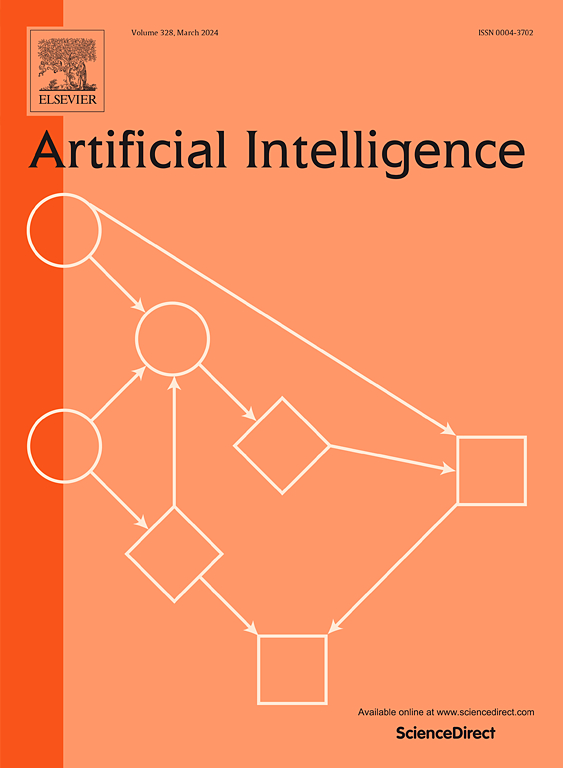为基于模型的软件调试选择抽象层次:对电子表格程序的理论和实证分析
IF 4.6
2区 计算机科学
Q1 COMPUTER SCIENCE, ARTIFICIAL INTELLIGENCE
引用次数: 0
摘要
基于模型的诊断是一种普遍适用的、有原则的方法,可以对各种系统类型(如电路、知识库、物理设备或软件)进行系统调试。基于系统的形式化描述,它能够对导致观察到的不当行为的潜在故障进行精确和确定的推理。在软件中,这种正式的系统描述通常甚至可以完全自动地从有缺陷的程序中提取出来。由于逻辑推理是诊断的核心,基于模型的调试器的性能在很大程度上受到推理效率的影响,而推理效率又取决于系统描述的复杂性和表达性。由于捕获精确语义的高度详细的模型通常超过当前推理工具的能力,研究人员提出了更抽象的表示。本文章由计算机程序翻译,如有差异,请以英文原文为准。
Choosing abstraction levels for model-based software debugging: A theoretical and empirical analysis for spreadsheet programs
Model-based diagnosis is a generally applicable, principled approach to the systematic debugging of a wide range of system types such as circuits, knowledge bases, physical devices, or software. Based on a formal description of the system, it enables precise and deterministic reasoning about potential faults responsible for observed misbehavior. In software, such a formal system description can often even be extracted from the buggy program fully automatically. As logical reasoning is central to diagnosis, the performance of model-based debuggers is largely influenced by reasoning efficiency, which in turn depends on the complexity and expressivity of the system description. Since highly detailed models capturing exact semantics often exceed the capabilities of current reasoning tools, researchers have proposed more abstract representations.
In this work, we thoroughly analyze system modeling techniques with a focus on fault localization in spreadsheets—one of the most widely used end-user programming paradigms. Specifically, we present three constraint model types characterizing spreadsheets at different abstraction levels, show how to extract them automatically from faulty spreadsheets, and provide theoretical and empirical investigations of the impact of abstraction on both diagnostic output and computational performance. Our main conclusions are that (i) for the model types, there is a trade-off between the conciseness of generated fault candidates and computation time, (ii) the exact model is often impractical, and (iii) a new model based on qualitative reasoning yields the same solutions as the exact one in up to more than half the cases while being orders of magnitude faster.
Due to their ability to restrict the solution space in a sound way, the explored model-based techniques, rather than being used as standalone approaches, are expected to realize their full potential in combination with iterative sequential diagnosis or indeterministic but more performant statistical debugging methods.
求助全文
通过发布文献求助,成功后即可免费获取论文全文。
去求助
来源期刊

Artificial Intelligence
工程技术-计算机:人工智能
CiteScore
11.20
自引率
1.40%
发文量
118
审稿时长
8 months
期刊介绍:
The Journal of Artificial Intelligence (AIJ) welcomes papers covering a broad spectrum of AI topics, including cognition, automated reasoning, computer vision, machine learning, and more. Papers should demonstrate advancements in AI and propose innovative approaches to AI problems. Additionally, the journal accepts papers describing AI applications, focusing on how new methods enhance performance rather than reiterating conventional approaches. In addition to regular papers, AIJ also accepts Research Notes, Research Field Reviews, Position Papers, Book Reviews, and summary papers on AI challenges and competitions.
 求助内容:
求助内容: 应助结果提醒方式:
应助结果提醒方式:


